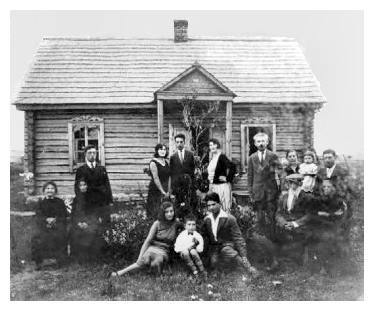Shtetls, Walls and Eruvs
 By Ariadna Theokopoulos
By Ariadna Theokopoulos
The Jewish identity politics, brilliantly dissected by Gilad Atzmon in The Wandering Who? as well as in several other of his writings includes the propensity to aggregate into “Jews only” enclaves, a phenomenon visible in activism for human rights.
If the formation of ethnically exclusive cells, separate from non-members of the tribe, while in their midst, is a conscious political strategy to influence and ultimately control any activity that touches upon Israel, it is also more than that. It could also be seen as a group psychological reflex.
I propose applying to it the analytic method of a revered Jewish thinker, the great psychoanalytic mythologizer Sigmund Freud and explore its subsconscious symbolism.
What can shtetls, walls (great and small) and eruvs represent?
What would Freud’s dream interpretation method say they symbolize?
Freud might well have seen this reflex as a neurotic nostalgia for the lost paradise of the intra-uterine life.
Everything ex utero is seen as potentially inimical, untrustworthy, unknown and alien. The lost uterine paradise meant being safe from the hostile world, protected, effortlessly nourished, immune and even able to kick with impunity.
In fact even “g-d” — whose “chosen” ones Jews are –is harsh and tyrannically demanding. Luckily “g-d” is easily duped by a smart Jew, as when the Jew hides behind an eruv. Simple: just string a wire from lampposts around your neighborhood and it becomes “home.”



